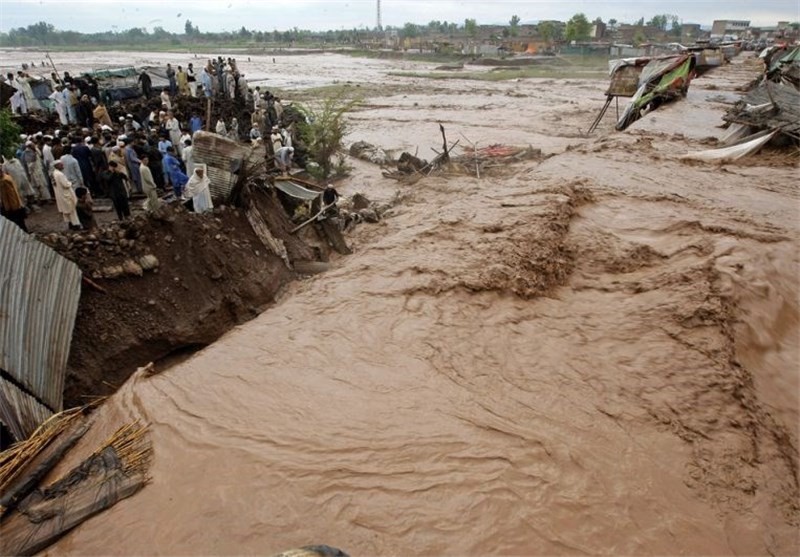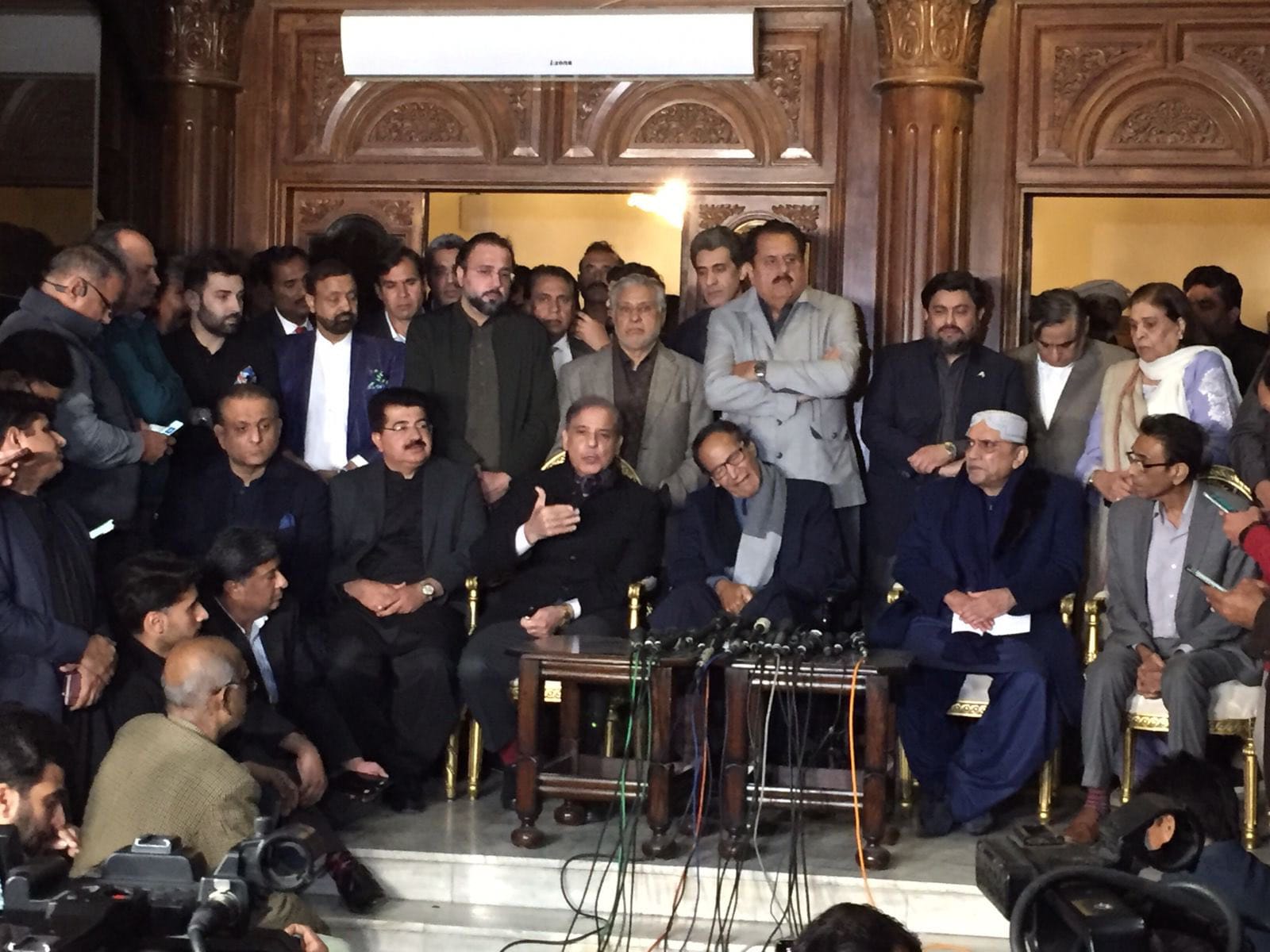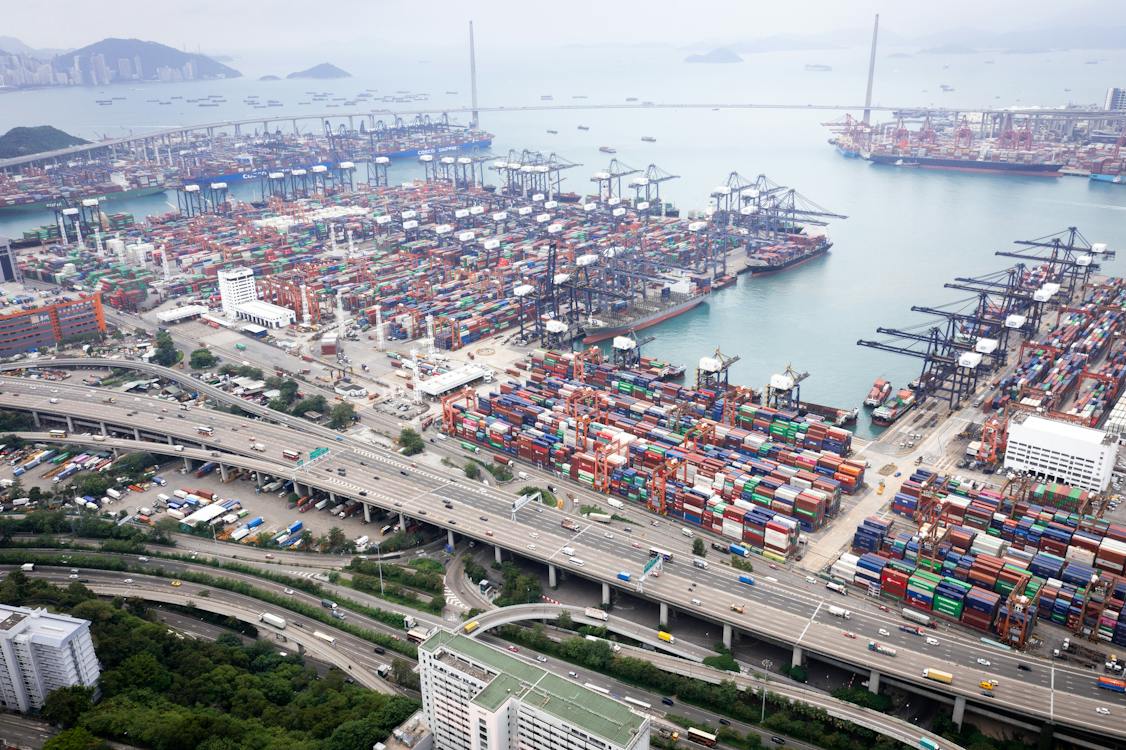At least 937 people have been killed and 30 million displaced as Pakistan struggles to deal with devastating floods.
Pakistan’s government has declared the devastating floods a “national emergency” with nearly 1,000 people dead and more than 30 million homeless as monsoon rains continue to lash the South Asian nation.
At least 937 people, including 343 children, have been killed since mid-June, according to the National Disaster Management Authority (NDMA), with large parts of southwestern Balochistan province inundated. Which brought back memories of the devastating floods of 2010.
Prime Minister Shehbaz Sharif has postponed his official visit to the UK while appealing for funds from friendly countries and international organizations during the worst floods in decades.
“Continuing rains have wreaked havoc across the country. The damage, though yet to be documented, is comparable to the 2010 floods,” Sharif tweeted, referring to the deadly 2010 floods.
Flood disasters in Sindh

Fida Hussain Shahani, a labourer from a remote village in Sindh, is grieving for his son, who was washed away by the floods.
More than half of the deaths are from southern Sindh province, where 306 people died respectively during record rains.
“Yesterday, the flood water continued to rise and entered our house. My 17-year-old son got left behind while trying to reach higher ground. I managed to find his body this morning,” Shahani said on Friday.
The 42-year-old man says the government has not given his family of 12 any aid or assistance and only volunteers came to his aid.
He said that the intensity of the rains this year was unprecedented. Even in the 2010 floods, things were not that bad. We have never had to leave our village but everything has been destroyed this time,” he said.
Flood disasters in Balochistan

More than 100 districts of all four provinces are affected by floods, Balochistan’s capital Quetta is isolated from other parts of the country as many highways and bridges are flooded.
More of the deaths are from Balochistan, where 234 people died respectively during record rains that affected half a million homes across the country.
Flood disasters in Khyber Pakhtunkhwa

Rescue efforts are in full swing in Khyber Pakhtunkhwa province, where nearly 200 people have died, particularly in the worst-hit areas of Swat and Dir.
“In northern KP [Khyber Pakhtunkhwa], we are looking at Swat and Dir where we have a flood situation, and our focus is there because of the high population density on the banks,” said provincial spokesman Muhammad Ali Saif.
He further said that Dera Ismail Khan and Tank districts in the province’s south are also affected.
“We have been able to evacuate a large number of people, and they have been provided temporary shelter in tents,” he said.
According to the NDMA forecast, parts of Punjab and Khyber Pakhtunkhwa may experience “very high to abnormal level of flooding” in the next few days. Balochistan is also at risk of further floods.
Federal Minister for Climate Change Sherry Rehman
Federal Minister for Climate Change Sherry Rehman on Thursday said that a “war room” has been set up at the NDMA headquarters in Islamabad to lead the relief efforts in the country.
Rahman added that the “heavy” rain was hampering the relief efforts due to the inability of officials to reach the affected areas.
“Pakistan is going through its eighth monsoon cycle; normally the country gets only three to four cycles of rain,” the minister said during his news conference in Islamabad.
“Pakistan is in the midst of an exceptional monsoon and the data suggests that another cycle is likely to re-emerge in September,” he said.
Balochistan and Sindh, two of the worst-affected provinces, have received 298 mm and 689 mm of rainfall this year, respectively, which is nearly 400 percent more than the 30-year average.







